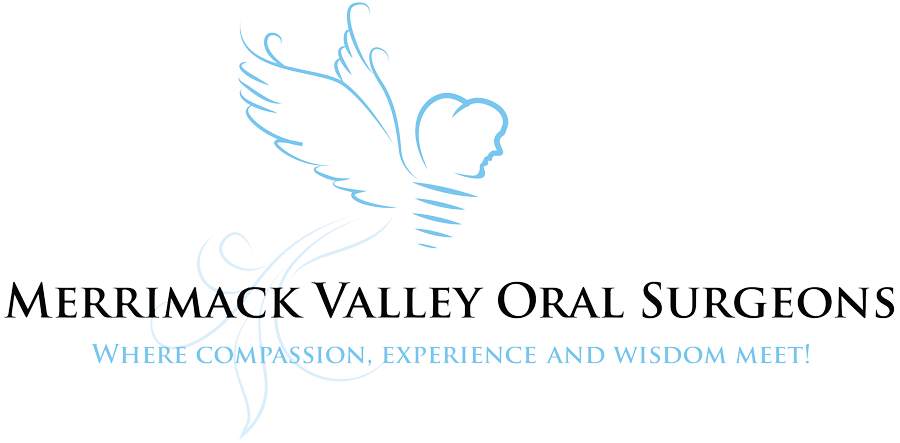TM-PROBLEM LIST
- Underbite caused by a backwardly positioned
upper jaw.
- Gummy smile caused by the vertically
excessive downward growth of the upper jaw.
- Inflammation of the gum tissue of the upper front teeth which is caused by the
chronic air exposure due to the vertically excessive downward growth of the upper
jaw.
- Upper jaw asymmetry with the upper jaw's
dental midline deviated to the right.
- Upper jaw cant (left side of the upper jaw is longer in the vertical plane than
the right side).
- Lower jaw asymmetry with deviation of the dental and facial midlines to the
left.
- Crossbite caused by the inadequate width of
the upper jaw and lower jaw asymmetry.
- Paranasal deficiency associated with a
backwardly positioned upper jaw.
Pre-Op
Post-Op
PRE AND POST-SURGICAL ORTHODONTICS BY DR. CHARLES CAPPETTA
SURGICAL TREATMENT PLAN
- Significant differential superior repositioning of the upper jaw to correct the
vertically excessive downward growth of the upper jaw as well as the upper jaw
cant.
- Surgically widen the upper jaw to correct the inadequate upper jaw width to
eliminate the crossbite.
- Rotation of the upper jaw to the right to correct the maxillary dental
midline.
- Upper jaw advancement to correct a backwardly positioned small upper jaw and
associated paranasal deficiency.
- Forward autorotation of the lower jaw.
- Lower jaw setback to compensate for the forward rotation of the lower jaw.
- Rotation of the lower jaw to the right to correct the mandibular facial and
dental midline asymmetry problem.
Pre-Op Facial showing "Gummy Smile"
 |
|
4 weeks Post-Op
 |
|
|
COMMENTS: The above pre-surgical frontal photo readily shows the clinical
finding of a gummy smile caused by the excessive downward vertical growth of the upper
jaw. This photo also demonstrates the upper jaw's asymmetry with the significant cant
to the upper jaw (the orthodontic wire is inclined instead of horizontal) as well as
the upper jaw's dental midline asymmetry. The four week post-surgical photos clearly
show the correction of these problems. The upper jaw has been moved upward and the gums
no longer show during smile. The horizontal pink line in the post-operative frontal
photo is a stent which covers the tips of the upper and lower teeth during the 3-8 week
initial healing phase.
SO-PROBLEM LIST
- Underbite caused by a backward positioned
small upper jaw.
- Crossbite caused by a backward positioned
small upper jaw and inadequate width of the upper jaw.
- A moderate amount of vertically excessive downward growth of the upper jaw
producing a long facial appearance.
- Defect of gum tissue requiring pre-orthodontic gingival grafting.
Pre-Op
Post-Op
PRE AND POST-SURGICAL ORTHODONTICS BY DR. CHARLES CAPPETTA
SURGICAL TREATMENT PLAN
- Upper jaw advancement to correct the underbite associated with a small backwardly
positioned upper jaw.
- Superiorly reposition the upper jaw to correct the vertically excessive downward
growth of the upper jaw and diminish the long facial appearance.
- Surgically widen the upper jaw to eliminate the crossbite associated with
inadequate width of the upper jaw.
- Lower jaw autorotation allowing the chin point to come forward.
AR-PROBLEM LIST
- Underbite caused by a large forward
positioned lower jaw.
- Crossbite caused by a large forward
positioned lower jaw.
- Esthetic nasal-labial angle.
The Problem
The Correction
POST-SURGICAL ORTHODONTICS BY DR. GERALD FINKELSTEIN.
SURGICAL TREATMENT PLAN
- Lower jaw setback to correct the underbite and crossbite associated with large
forward positioned lower jaw.
NP-PROBLEM LIST
- Open bite caused by the excessive vertical
down growth of the upper jaw.
- Long facial appearance caused by the excessive vertical down growth of the upper
jaw.
- Backward positioned lower jaw caused by maxillary vertical excess.
- Lip incompetence and
lip strain.
- Vertically long chin appearance and absent mental-labial fold.
- Paranasal deficiency caused by a backward
positioned upper jaw.
Pre-OP
|
|
Excellent example of lip strain
 |
|
|
|
Post-Op
|
|
incision line
 |
|
|
|
PRE AND POST-SURGICAL ORTHODONTICS BY DR. JOHN ALIBERTI.
SURGICAL TREATMENT PLAN
- Significant superior repositioning of the upper jaw to treat the excessive
vertical down growth of the upper jaw, close the open bite, and reduce the lip
incompetence.
- Upper jaw advancement to correct paranasal deficiency associated with a backward
positioned upper jaw.
- Lower jaw autorotation forward.
- Lower jaw setback procedure to compensate for the significant forward
autorotation of the lower jaw.
- Genioplasty with vertical reduction of chin
height and advancement to reduce lip strain and create normal chin esthetics by
creating a normal mental-labial fold.
FP-PROBLEM LIST
Pre-Op
Post-Op
|
|
|
demonstrates how well the incision line heals
 |
|
SURGICAL TREATMENT PLAN
- Genioplasty to advance chin point and
create better esthetics.
SM-PROBLEM LIST
- Previous nonsurgical orthodontic attempt to close an open bite with relapse of the open bite.
- Open bite caused by the vertically excessive downward growth of the back portion
of the upper jaw.
- Overbite caused by backward positioned
small lower jaw.
- Long facial appearance caused by the vertically excessive downward growth of the
back portion of the upper jaw as well as a vertically long chin.
- Lip incompetence and
lip strain.
- Paranasal deficiency caused by backward
positioned small upper jaw.
Pre-Op Facial
| Post-Op Facial |
Pre-Op Bite |
Post-Op Bite
PRE AND POST-SURGICAL ORTHODONTICS BY DR. CHARLES CAPPETTA.
SURGICAL TREATMENT PLAN
- Superiorly reposition the upper jaw to correct the vertically excessive downward
growth of the back portion of the upper jaw.
- Upper jaw advancement to treat the paranasal deficiency associated with a
backward positioned small upper jaw.
- Autorotation of the lower jaw forward to close the open bite.
- Lower jaw advancement to correct the overbite associated with a backward
positioned small lower jaw.
- Genioplasty advancement and
vertical reduction of chin height to reduce lip strain and create esthetic chin
appearance by creating a normal mental-labial fold.
















































